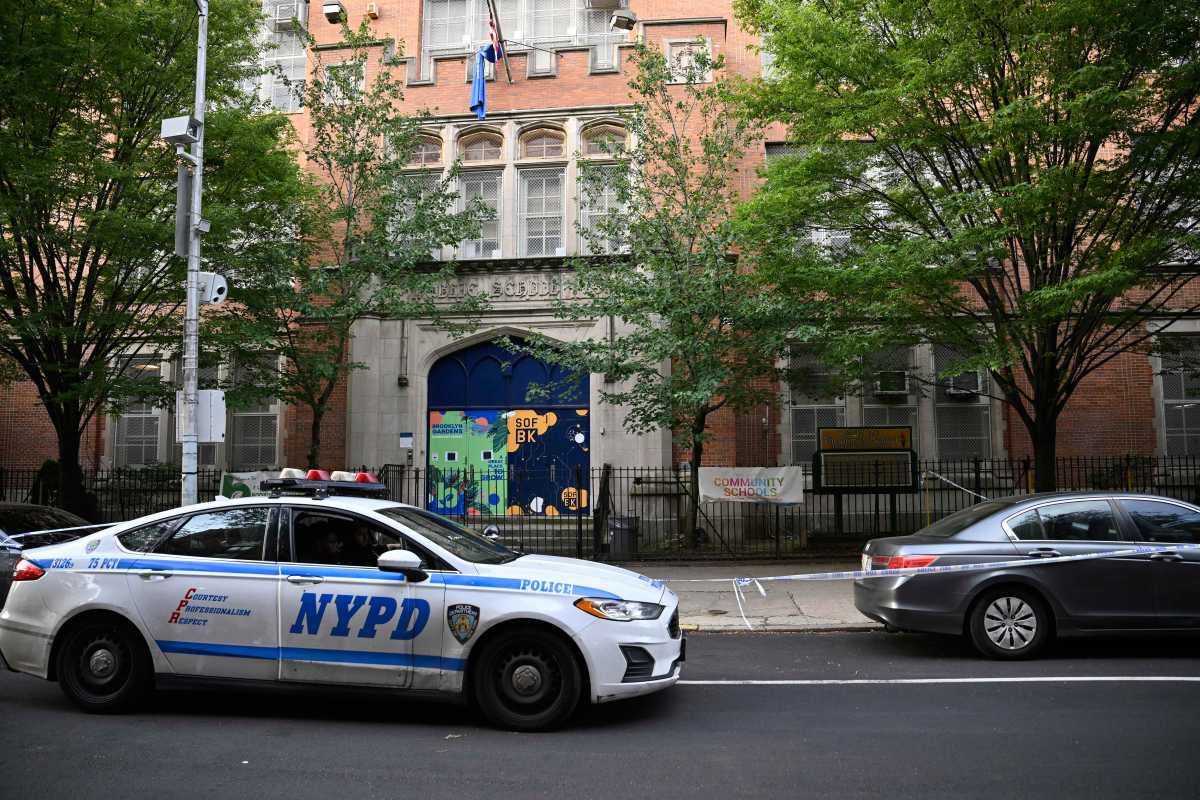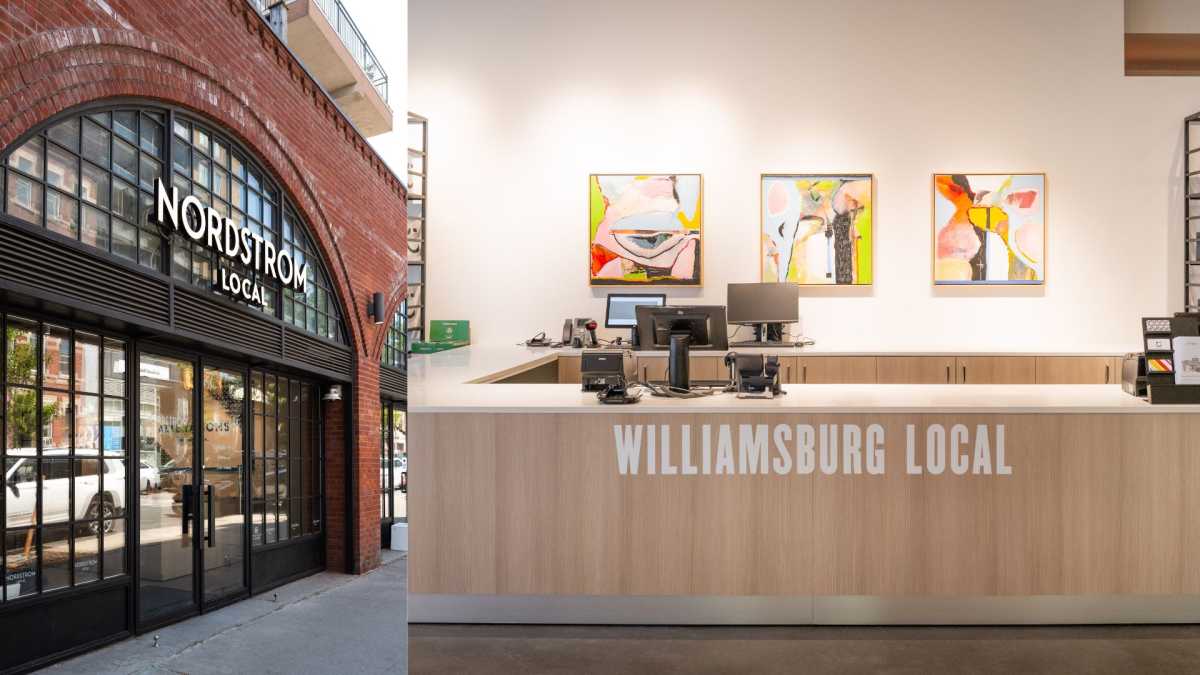Residents filled the Swinging Sixties Senior Center this past Tuesday to hear the Department of City Planning’s contextual rezoning plan for 175 blocks in Williamsburg and Greenpoint, the so-called “inland portion” of Community Board 1 not covered in the area’s 2005 rezoning.
“Contextual rezoning” is the practice of redesigning a neighborhood so it is in keeping with its surroundings. The plan would become subject to public review in the Uniform Land Use Review Procedure (ULURP) after it is certified by City Planning, which officials said could happen as soon as this December.
The rezoning includes an area starting at Clay Street to the north and goes down to Scholes and Maujer streets to the south, stretching to the edge of the manufacturing areas to the east. As a contextual rezoning, its goal “is to allow growth but in a way that makes sure it complements the existing character of the neighborhood,” according to Purnima Kapur, director of City Planning in Brooklyn.
Currently, 93 percent of the area has what is known as an “R6” zoning classification, which in some cases enables construction of large high-rise buildings of more than 10 stories. Reading a list of permits for such large buildings filed recently, City Planning officials said the rezoning aims at preventing these tall, out-of-context buildings.
But they said the new zoning was not a “downzoning” because the new classifications allow for modestly bigger, denser buildings than most of the buildings currently there.
Under the proposed rezoning, most of the neighborhood’s streets – approximately 90 percent – would receive the new zoning classification of R6-B. This would allow for 40 to 50-foot buildings, or 4 to 5-stories, on blocks that currently have mostly 3 and 4-story buildings.
However, greater density than what is allowed for under R6-B is currently allowed on these blocks, meaning that the rezoning would impose restrictions on size not currently in place.
At the meeting, officials came under heavy scrutiny from many of the community residents. Wary that the neighborhood’s infrastructure could not support its expanded population, these residents wanted a more restrictive rezoning than R6-B.
“If they really wanted to do a contextual rezoning, they could have done R4-A or B. But they always give the developers just a little extra,” said community activist Phil DePaolo.
But Ward Dennis, chair of the Community Board 1 ULURP Committee, said the R6-B classification most closely reflected the existing conditions.
“I don’t think R6-B is the perfect zoning category for everything in this neighborhood, but it’s probably the closest thing,” he said.
Dennis added that using the more restrictive R4 designations for which DePaolo advocated “would have required a very different, longer process. That would have been a true downzoning. What we have here is a contextual zoning.”
Some of the neighborhood’s wider streets – such as Graham Avenue and the southern portion of Manhattan Avenue in Greenpoint – would receive an R6-A classification, which allows for 60-70-foot buildings, or 6 to 7-stories.
And certain corridors – namely, McGuiness Boulevard, Metropolitan Avenue, the northern portion of Manhattan Avenue, as well as Graham, Union, and Bushwick Avenues – will receive the R7-A zoning classification, which allows for 60-80-foot, or 6-8 story buildings.
These corridors slated to be rezoned R7-A represent the only instance in which greater density will be allowed than currently. The Floor Area Ratio (FAR) on these blocks will increase from 3.0 to 3.44 under the proposed rezoning.
These R7-A blocks also include an affordable housing bonus that would bump up the maximum FAR from 3.44 to 4.6, in exchange for 20 percent affordable housing.
But neighborhood residents were skeptical about this affordable housing bonus, pointing to the fact that a similar bonus offered in the 2005 rezoning has yielded precious little affordable housing.
“This seems like a bad movie all over again,” said DePaolo. “This mechanism failed miserably in 2005. These developers want to build all luxury housing – they’ve proven that.”
DePaolo and other neighborhood residents also expressed fear that with the rezoning in motion, potential developers of tall buildings will hastily and unsafely pour foundations for buildings so they can be “grandfathered” into the current zoning.
“The clock starts tonight – you’re going to see a lot of developers rushing to beat the clock on these huge buildings, just like you saw in 2005,” said DePaolo.
To combat this, DePaolo suggested putting a moratorium on building permits when a rezoning is under review in the ULURP process, but City Planning officials said that issue was out of their jurisdiction and would have to be taken up by the City Council.
The throngs of residents who filled the Swinging Sixties Senior Center (211 Ainslie Street) was testament both to the importance of the issue to community residents as well as the outreach efforts undertaken by Councilmember Diana Reyna. Reyna secured funding so that a notice of the meeting – one of two this past week – could be mailed to all residents within the affected area.
Reyna wanted to avoid a repeat of the controversy surrounding the rezoning of a 13-block stretch around Grand Street. Many property owners in this area objected to the rezoning after the fact, claiming they had never been notified that such a plan was in the works.






















